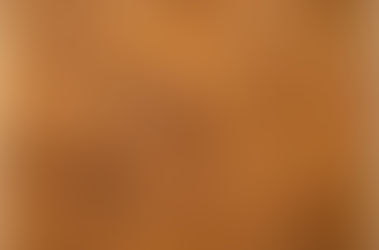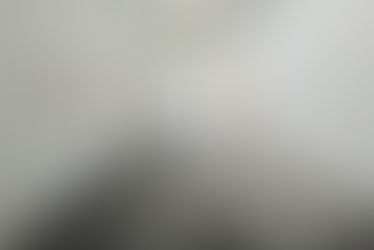Chagall, Lissitzky, Malevich: The Russian Avant-Garde in Vitebsk, 1918-1922 at Centre Pompidou
- The Courtauldian
- Apr 9, 2018
- 3 min read
After the success of Kollektsia, which unveiled the donation of more than 250 works from Soviet and contemporary Russia, the Pompidou Centre is now showing avant-garde productions from the period of Vitebsk’s School of Art (1918-1922). With a selection of works from the museum’s collection, as well as unprecedented loans from international and Russian collections, visitors will have the opportunity to discover the short history of this institution, founded by Marc Chagall, and where El Lissitzky and Kazimir Malevich left a strong mark.
Following the events of 1917, which marked the end of Tsarist Russia, a new society began, with the construction a more equal, socialist world. One major change was the end of national and religious discrimination, which allowed Chagall, a Jewish artist, to become a full Russian citizen and be appointed Commissar of Fine Arts for his hometown, in today's Belarus. Becoming enthralled by the Revolution, Chagall entered one of the most creative phases of his career, producing masterpieces such as Over the Town, now owned by the Tretyakov gallery. He was also in charge of supervising the creation of decorations for the October Revolution, for which all of Vitebsk’s painters were invited to participate. Among these include David Iakerson, one of the many previously unknown artists that are revealed, for the first time in this exhibition, to a European audience.

Marc Chagall, Over the City, 1914 – 1918, Oil on canvas, 139 × 197 cm, National Tretyakov Gallery, Moscow, © Adagp, Paris 2018
Chagall then switched his focus to the creation of the People’s Art School, where he invited many eminent artists to teach including: Robert Falk, Ivan Puny, Vera Ermolaeva and El Lissitzky. While producing his well-known Prouns, Lissitzky also created posters for the Red Army’s propaganda programme. One of which was the famous Beat the Whites with the Red Wedge, a rare example of the use of abstraction for agit-prop, illustrating the suprematist ideas that Lissitzky and Malevich developed during their time at Vitebsk.

El Lissitzky, Beat the Whites with the Red Wedge, 1919 – 1920, Offset on paper, © Van Abbemuseum collection, Eindhoven, Netherlands, Photo: © Peter Cox, Eindhoven, Netherlands, El Lissitzky
Malevich arrived at the school not long after its opening, eventually transforming it into a laboratory for suprematism. Pushing painting aside, he dedicated himself first to architecture and then to the theoretical establishment of his ideas through publications and talks. His aim was to free the world from figuration to achieve perfection through a collective art movement that would reach the very essence of creation, thanks to an extreme simplification of the pictorial vocabulary. Chagall, whose figurative style let his personality and imagination shine, did not let himself be troubled by this new form of abstraction that was unfamiliar to him, instead deciding to reinterpret it occasionally with humour. Nevertheless, Chagall left the school in 1920, his students preferring instead the charismatic Malevich.
Malevich's ideas were spread through the UNOVIS group, ‘The Champions of the New Art’. Its members covered Vitebsk with geometrical decorations, going so far as to paint the buildings' walls. The city became an abstract painting and the whole country was wearing suprematist shapes, welcoming local sections of UNOVIS into its towns. But with a change in the political climate in 1921, these utopian ideas were soon suppressed and the People's Art School closed its doors the following year.

El Lissitzky et Kasimir Malévich, Suprematism. Sketch for curtain for the meeting of the Committee to Combat Unemployment, 1920, Gouache, watercolour, graphite and ink on paper, 49 × 62.5 cm, National Tretyakov Gallery, Moscow
Photo: © National Tretyakov Gallery, Moscow
Alongside the school and its founders, the Pompidou Centre highlights the lesser known history of the art museum that was associated with it. Created by Chagall and opened in 1920, within the school's building, the museum displayed contemporary art produced locally and in Moscow, including works from Natalia Goncharova and Mikhail Larionov as well as Olga Rozanova, one of the many female artists of the Russian avant-garde who have too often remained in the background.

Vera Ermolaeva, Sketch of set for the opera «Victory over the Sun», 1920, Indian ink, pen on paper, Photo: © National Tretyakov Gallery, Moscow
This fascinating exhibition, which alternates between paintings and drawings as well as collages and sculptures, displayed with clarity and precision by Angela Lampe, closes with a considered series of interviews with curators and scholars. Finally, the exhibition catalogue, which includes translations of new primary sources, is the first study in French that provides an extensive analysis of this rich chapter in the history of the Russian avant-garde.












Comments